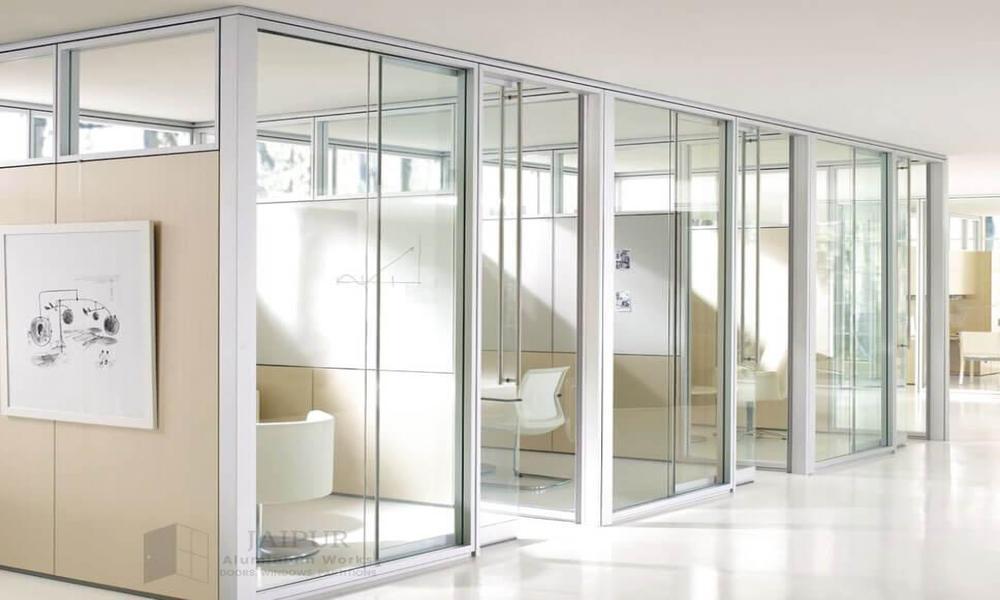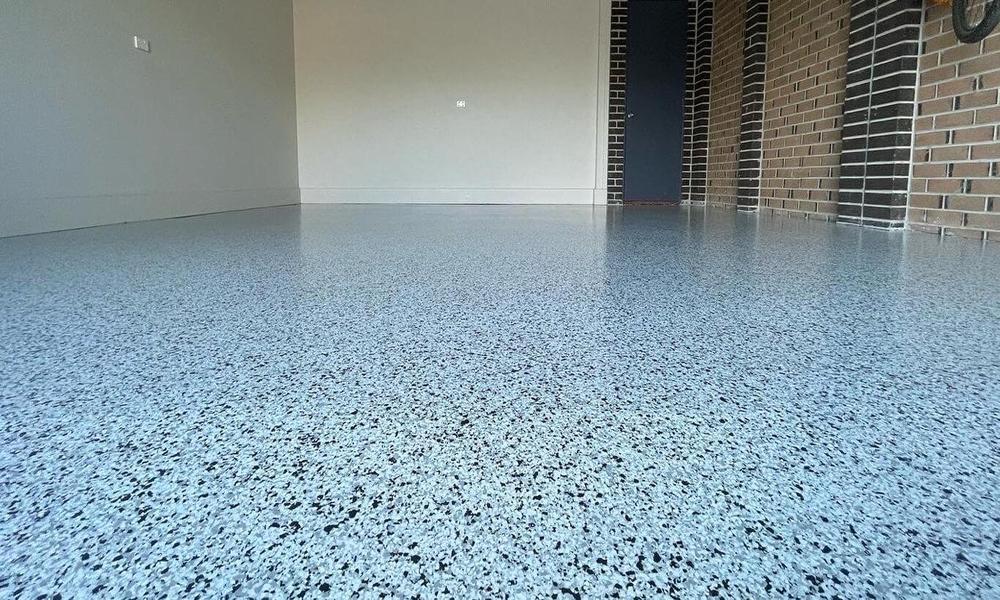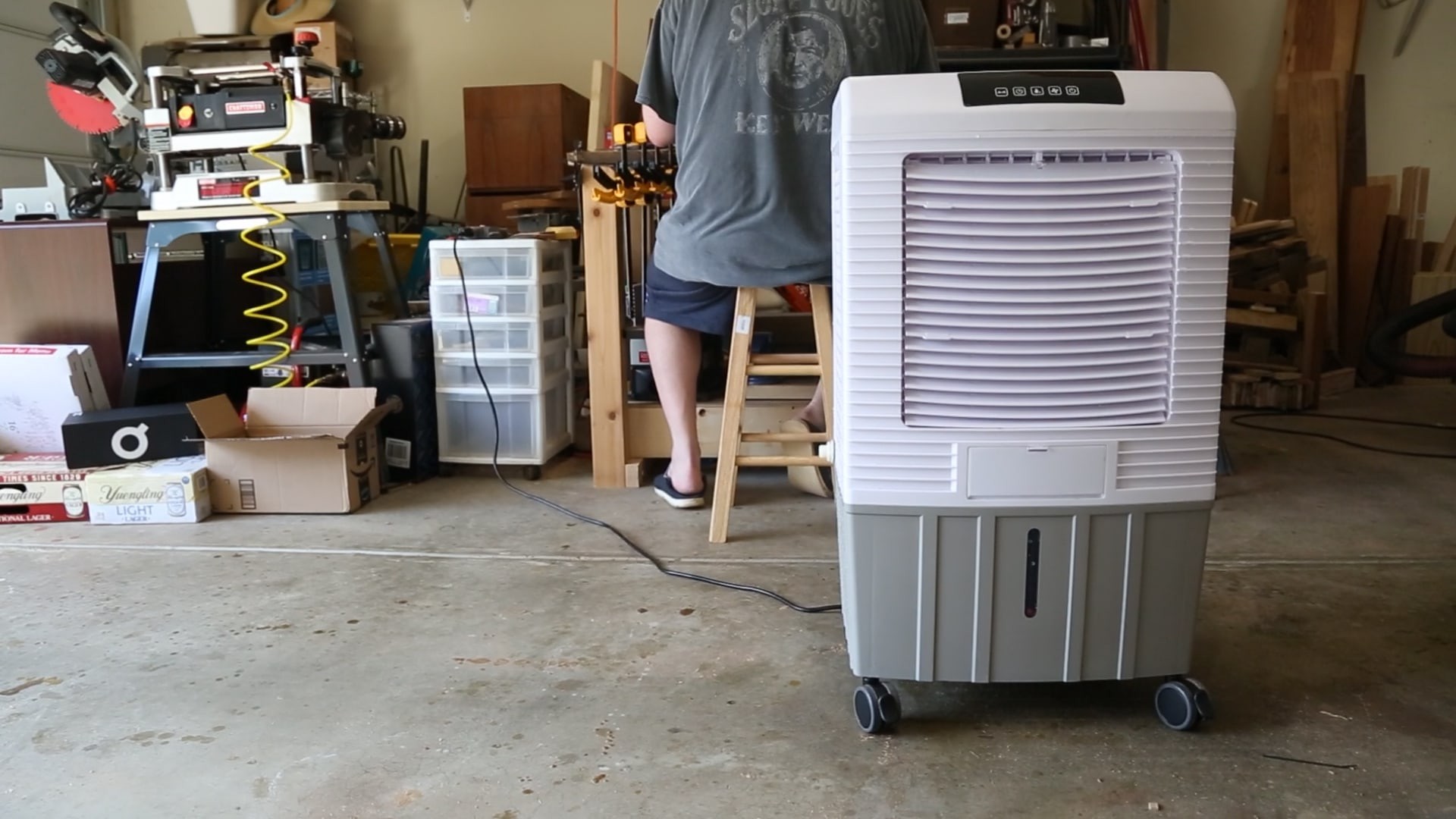Aluminum is a popular choice for Aluminium fabrication work due to several benefits including:
- Lightweight: Aluminum is lightweight, making it easy to handle and transport, and reducing the overall weight of finished products.
- Durability: Aluminum is strong, yet flexible, making it resistant to damage from impacts and corrosion.
- Corrosion resistance: Aluminum naturally forms a protective oxide layer when exposed to the environment, making it highly resistant to corrosion.
- Recyclable: Aluminum is 100% recyclable, making it an environmentally friendly option for fabrication.
- Versatility: Aluminum fabrication work can be easily shaped and formed into various shapes and sizes, making it suitable for a wide range of fabrication applications.
- Heat resistance: Aluminum is a good conductor of heat and has a high thermal resistance, making it an ideal material for applications that require heat dissipation.
- Electrical conductivity: Aluminum is an excellent conductor of electricity, making it ideal for electrical applications such as wiring and electrical components.
- Cost-effective: Aluminum is widely available and relatively low in cost compared to other metals, making it a cost-effective option for many fabrication projects.
- Non-magnetic: Aluminum is non-magnetic, making it suitable for applications where magnetic interference is a concern.
Overall, the combination of these benefits makes aluminum a versatile and cost-effective material for a wide range of fabrication applications.
Different Types of Aluminum Fabrication Works
There are several types of aluminum fabrication works, including:
- Extrusion: Aluminum is melted and forced through a die to produce a long, continuous shape, such as a tube, channel, or angle.
- Roll forming: An aluminum sheet or coil is fed through a series of rolls to produce a desired cross-sectional shape, such as a roofing panel or floor decking.
- Stamping: Aluminum is shaped into desired parts by using a press and a die, such as automotive parts, electrical components, and appliances.
- Welding: Aluminum is joined using heat and pressure, creating a strong, seamless bond.
- Machining: Aluminum is cut and shaped using machine tools, such as drilling, milling, and turning.
- Bending: Aluminum is shaped into curves or angles using a press brake or similar machine.
- Casting: Aluminum is melted and poured into a mold to produce a desired shape, such as engine blocks or gear housing.
Which things you know before Aluminum Fabrication Works
Before beginning aluminum fabrication works, there are several important factors to consider, including:
- Design requirements: It is important to understand the design specifications, including the size, shape, strength, and function of the product.
- Aluminum grade: Different grades of aluminum have different properties and are suitable for different applications. It is important to choose the appropriate grade of aluminum for the fabrication project.
- Equipment and tools: The type of fabrication process used will determine the necessary equipment and tools, such as extrusion dies, welding equipment, or machine tools.
- Production process: The fabrication process should be planned out, including any necessary steps such as cutting, forming, welding, or finishing.
- Quality control: It is important to have a plan in place for ensuring quality control, such as inspection procedures and testing of finished products.
- Safety: Fabrication can involve the use of heat, heavy equipment, and chemicals, so it is important to follow proper safety procedures to protect workers and the environment.



